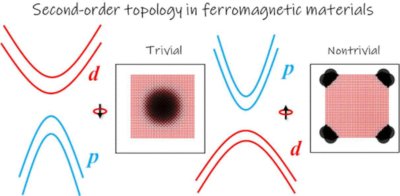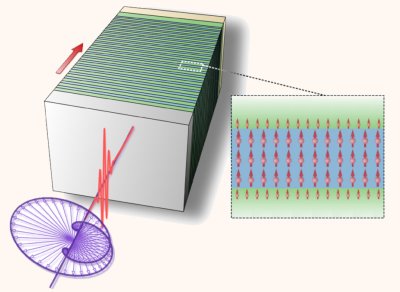Researchers develop chiral bifacial polymer films with spin selectivity
Researchers from Osaka University, Japan Science and Technology Agency (JST) and Tokyo Institute of Technology have developed copolymer films that interact differently with currents with opposite polarization.
Despite their identical composition, molecules that are mirror images can interact differently with light and electrical current depending on their chirality. In a recent study, the research team produced spin-coated chiral copolymer films that display strong spin polarization, which enables the films to act as "spin filters" that behave differently toward currents with opposite polarization directions.

